China unveiled the country's first standard outlining the functional, technical, and performance criteria for fake digital face detection services in the financial field at the 2024 Inclusion Conference on the Bund in Shanghai.
This standard, the first of its kind for artificial intelligence (AI)-powered face-swapping technology in financial services in the country, also incorporates corresponding testing and evaluation methods, according to the China News Services (CNS).
The standard specifies detailed requirements for functionality and performance, according to the report. At the functional level, relevant institutions should possess the capability to detect fake digital faces across different scenarios, including replacement, activation, and deepfakes.
In terms of performance, institutions should also establish a real digital face data set of no less than 5,000 images, along with fake face data sets of various forgery types to address complex real-life scenarios. Key factors include different skin tones, lighting conditions, levels of clarity, and whether or not voice is included.
This marks an important step in advancing AI safety, Qin An, deputy director of the expert committee on counter-terrorism and cyber security governance at the China Society of Police Law, told the Global Times on Sunday. He added that beyond this standard, defined qualification standards for certification bodies in AI technologies are also crucial to ensuring data security.
Recently, several chat rooms suspected of creating and distributing deepfake pornographic material using doctored photos of ordinary women were reportedly discovered on the messaging app Telegram, with many of the victims and perpetrators known to be teenagers, as reported by The Korea Times.
The incident gained attention in China following posts by netizens claiming to be South Korean women, expressing fears of the incident being overlooked in their country, according to thepaper.cn.








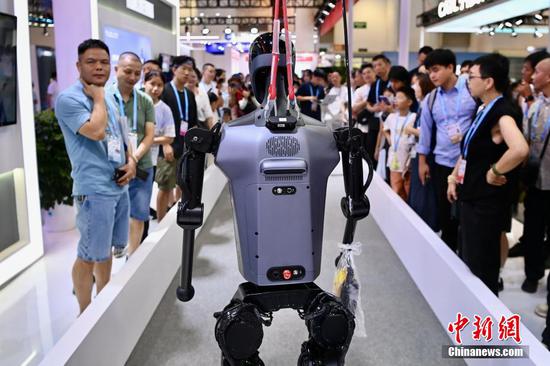





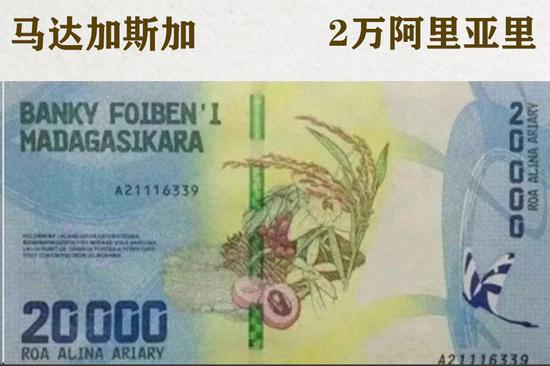












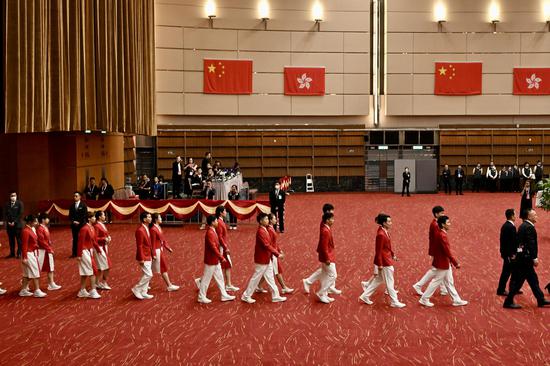



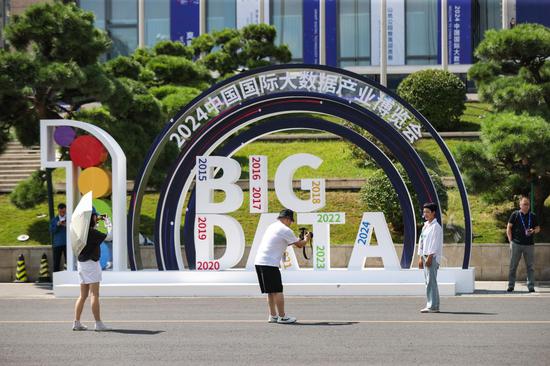





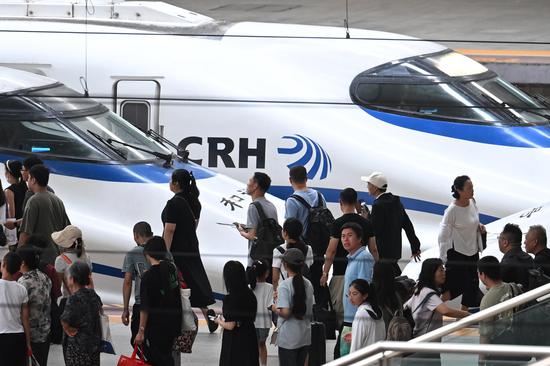








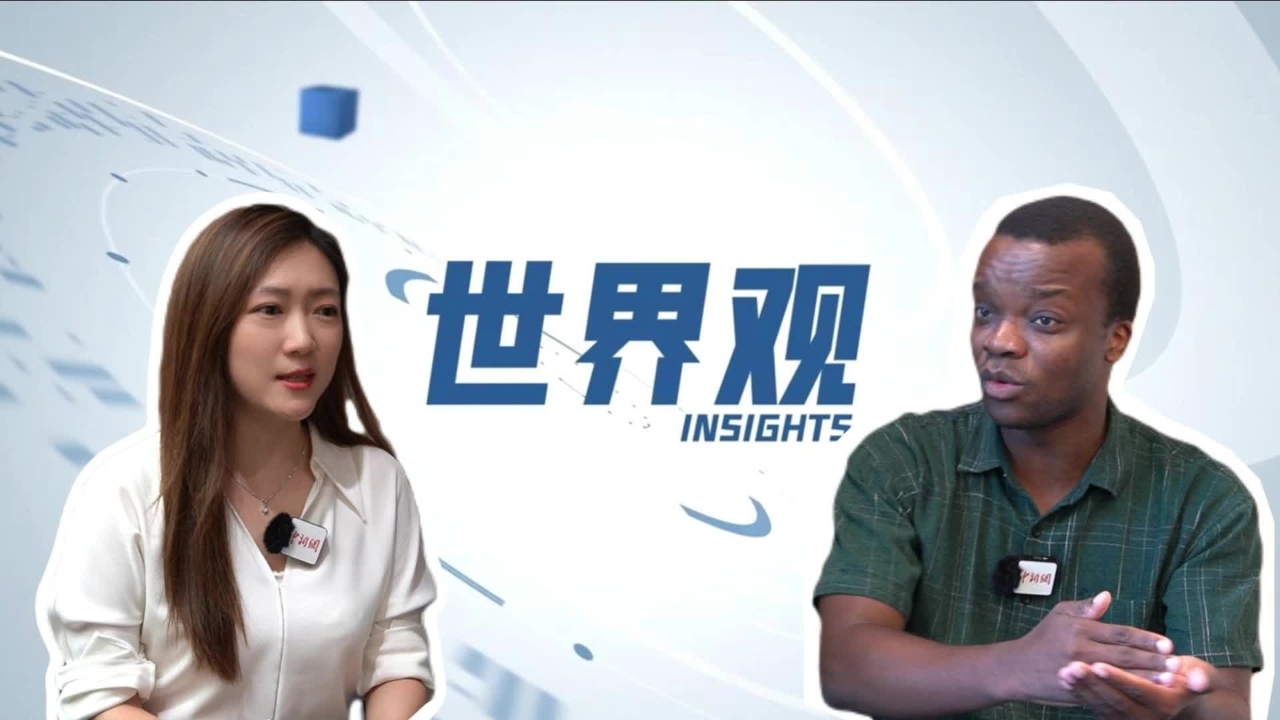



 京公网安备 11010202009201号
京公网安备 11010202009201号